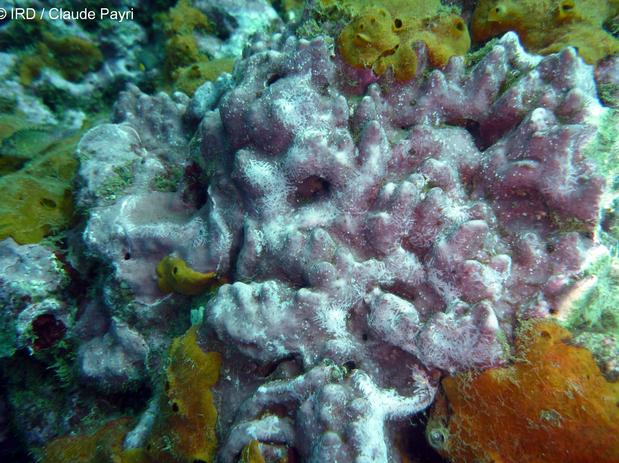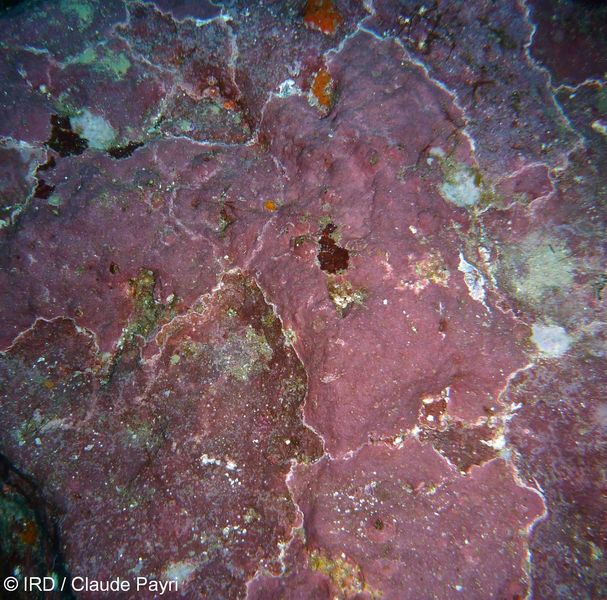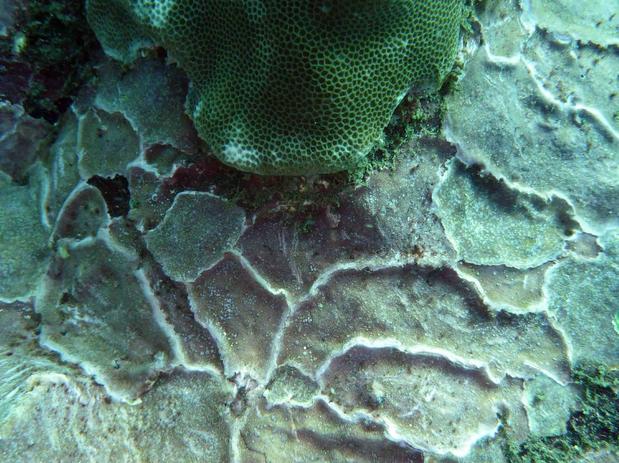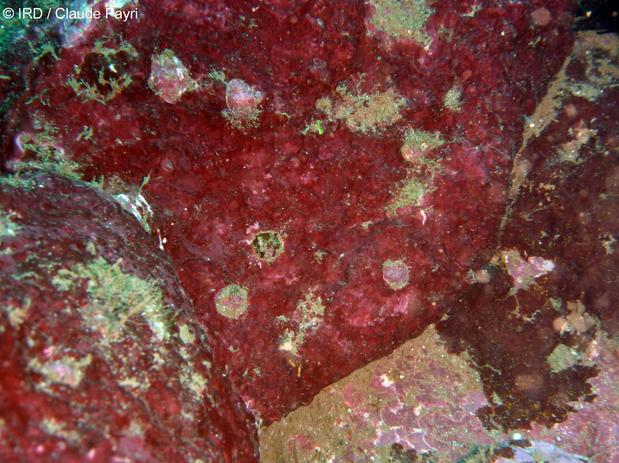Work Package 1: Administrative, scientific & technical management
Leader : Partner 1 and 2
Objectives:
This work package involves the two partners and will be devoted to the scientific, technical and administrative management of the partnership to ensure the best possible development and positive achievements of its objectives. The two coordinators will contribute to this work package dedicated to the general management of the project including (i) resources and research management, (ii) reporting about the project development and generated data, and (iii) communication within the consortium. The scientific and administrative management will respect the decision making procedures and information flow chart to ensure correct monitoring of all collaborative activities towards the objectives of the project, project schedule, project implementation in agreement with administrative, financial, legal issues and delivery dates. The decision making structure will be constituted by the two partners. Both partners will have in charge alternately the leadership of this task.
Description of work and role of partners:
The two partners are involved in this WP. The work deals with 4 tasks:
WP1‐T1: Research management – Research results and progresses towards objectives will be monitored, gathered and assessed all along the project by each partner in accordance to the respective contributions.
WP1‐T2: Budget management – Financial resources consumption over time will be monitored and controlled by each partner to facilitate the progress of the project.
WP1‐T3: Reporting – This task will be in charge of collecting, managing and exploiting the intermediate scientific reports that will be regularly provided by partners. The scientific output and progress of the project will be annually described in a report. Such a centralised management must ensure the right follow‐up of the project progress.
WP1‐T4: Communication within the consortium – Regular meetings via visioconference or teleconference will be organised and frequent information will be provided via emails. This will ensure transparent and real‐time information concerning the state of progress and also the main results issued
from the different phases of the project.
WP1‐T5. Database and baseline information of reef‐forming coralline algae. A database and baseline information on CCA in the western Pacific Ocean will be built in order to share the findings of these investigations to the region and to highlight the value and importance of the marine cooperative research on phycology. The data will be capitalized, using a dedicated database for the project needs.Leader: Partner 1 & 2
Work Package 2: Species Diversity survey
Objectives:
Workpackage 2 is dedicated to the analysis of the coralline algae diversity by investigating offshore and nearshore coralline assemblages. This will be based on an integrative approach including a join analysis of morpho‐anatomy and molecular protocols. Representative species of the major families and tribes present in the three selected areas (Taiwan, New Caledonia and Bali) will be sampled and taxonomically analyzed.
We will also maintain and establish an international collaboration with phycologists from Japan, Korea, Indonesia, New Zealand and Australia for exchanging the specimens of coralline algae.
Description of work and role of partners:
The work deals with 3 tasks:
WP2‐T1: Sampling of the Corallinales – At each of the three areas, the sampling of new Corallinales material will take place at multiples sites encompassing the different habitats and environmental conditions from the shoreline to the outer reef slope in order to maximize the chances of collecting as many different taxa as possible. Samples will be collected by SCUBA, snorkelling and reef walking using standardized methods which consist of collecting along a virtual transect perpendicular to the reef in order to cross the different habitats. Specimens will be collected using chisel and hammer. In situ photographic records will be taken before collection. Specimens will be sorted out in the laboratory for labelling. Ex situ photo will be taken systematically for each specimen.
From each specimen, two collections of tissue will be made: 1/ collection for DNA analysis which consist of clean fragment (without epiphytes) detached from the specimen and preserved in silicagel, 2/collection for histological analysis which consist of fragment with reproductive structures first fixed in 10% formalin in seawater and then stored in 5% formalin in seawater. The specimen will be conserve as dried voucher.
Sampling strategy will be coordinate in each area by the local partner: P1 in New Caledonia, P2 in Taiwan. The French partner (P1) will provide the specimens from New Caledonia and its neighbouring areas and the Taiwan partner (P2) will provide the material collected from the coastline of Taiwan including Orchid Island and Green Island where algal reefs had been reported. The third investigation site will be Indonesia (Bali), which is the middle point of the western Pacific Ocean in the center of the Coral triangle. The French and Taiwan partners will go together at the first year .Specimens collecting will be performed by the partners during dedicated fieldtrips organized in each area. The collection of samples will supply materials to the other tasks. All the collected material will be shared with the research partners between Taiwan and New Caledonia. Voucher specimens from New Caledonia will be deposited in the herbaria of IRD –Nouméa while the types in the Paris Museum, France (PC). The Taiwanese material will be deposited in the National Taiwan Ocean University (NTOU).
WP2‐T2: Morphological analysis ‐.Morphological analysis will be performed on sections made from the collection of tissues preserved in formalin solution. Before sectioning the piece of tissue will be treated for decalcification with 0.6 M nitric acid solution then embedded in resin for semi‐thin section. Histological sections will be stained with 1% aniline blue acidified with 1% HCl and mounted in 25% Karo syrup (Englewood Cliffs, NJ, USA) or treated with Wittmann’s aceto‐iron‐haematoxylin‐chloral hydrate (Wittmann 1965) and mounted in 50% Hoyer’s mounting medium (Lin et al. 2004). Photomicrographs will be taken on an Olympus BX51 microscope with a Q‐imaging digital camera (Burnaby, BC, Canada), and habit views will be reproduced with an Epson scanner (Tokyo, Japan). Partner 2 will establish the standardized protocol for the histological section.
WP2‐T3: Molecular analysis – Coralline algal tissue will be carefully removed from silica gel dried fragments under a dissecting microscope by scraping the surface with a razor blade (a part of the fragment free of epiphytes must be selected). The excised tissue will be ground using a mortar and pestle. DNA will be extracted using the Dneasy Plant Mini Kit (Qiagen, Valencia, CA, USA) following the manufacturer’s instructions. DNA sequencing procedures are described in Lin et al. (2001). New sequence data and those available from GenBank will be compiled and aligned with Sequencher 4.1 (Gene Codes Corp., Ann Arbor, MI, USA).
Work Package 3: Phylogenies and phylogeography inferences
Objective:
The systematics of the coralline algae is in a continuous state of flux and phylogenetic relationships among taxa are for the most part unresolved due of data gap and insufficient markers. The objective of this task is to infer the phylogenetic relationships of the Corallinales species at a biogeographic scale using the molecular data obtain during the study in the West Pacific combining with available published data from different oceans (i.e. South Pacific, Central Pacific, Indian Ocean, Atlantic Ocean etc...). The phylogeny will help us to understand the evolutionary histories and
mechanism of speciation of different coralline lineages. Adding more taxa as well as more markers to our previous molecular investigation will improve the accuracy of phylogenetic trees as demonstrated by Rokas and Carroll, (2005). The molecular data set that we expect to be provided
will most likely contribute to understanding evolutionary scenarios on the diversification (speciation/extinction), colonisation, and recurrent morpho‐anatomical convergence events within the coralline algae. According to previous works, nomenclatural changes are expected in the genera Amphiroa, Hydrolithon, Lithophyllum, Metagoniolithon, Pneophyllum, Spongites and Titanoderma.
Description of work and role of partners:
The work deals with 2 tasks:
WP3‐T1:– Gene selection:
Four genes from the nuclear (SSU, LSU), plastid (psaA) and mitochondrial (COX 1) genomes will be used by following the molecular markers used in Bittner at al. (2011). Other markers will be tested in necessary in case of low species boundary delimitation. EF2 (elongation facteur) could be a
good candidate as state by Bittner et al (2011).
WP3‐T2. Phylogenetic and phylogeographic analyses :they will be performed using Maximum parsimony (MP) heuristic searches consisted of 500 random sequence additions, MULPARS (but holding five trees at each step) and tree‐bisection‐ reconnection (TBR), whereas the MP bootstrap analysis is conducted by simple sequence addition. MP analyses and bootstrapping methods will be performed using PAUP* v4.0 (Swofford 2003); whereas, maximum likelihood (ML) will be conducted using GARLI 1.0 (Zwickl 2006); 1000 and 100 bootstrap replicates were completed for the MP and ML analyses, respectively. The model used for ML is the general‐time‐ reversible with gamma distributed rate heterogeneity as the default in GARLI 1.0. A Bayesian analysis (BA) will be performed in MrBayes 3.1.2 (Ronquist & Huelsenbeck 2003) using a GTR+I+C model, which allowed for rate variation among different codon positions. The default priors of MrBayes will be used. Two simultaneous runs will be done, and each run started with a random tree and consisted of 500,000 generations with sampling every 100 generations. The analysis will be applied in four chains of the Markov chain Monte Carlo. (one hot and three cold).



